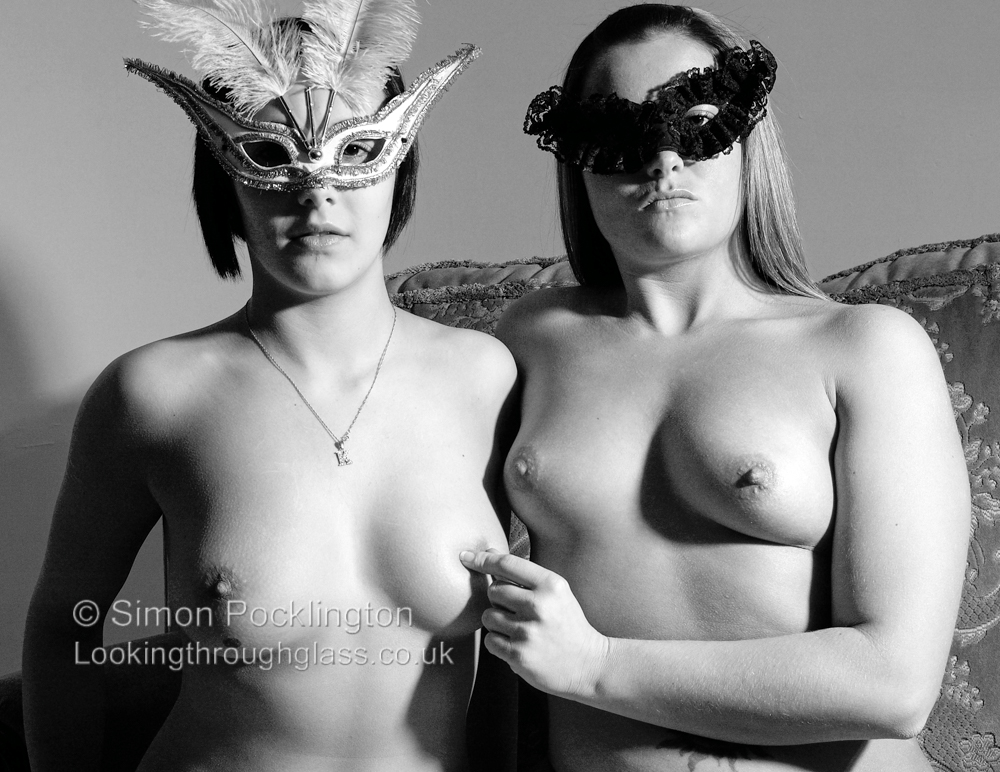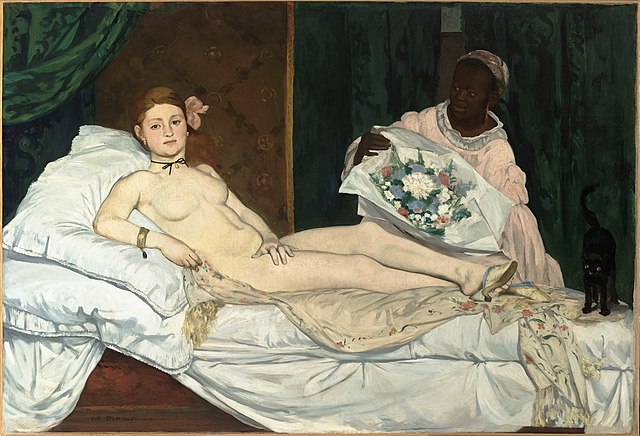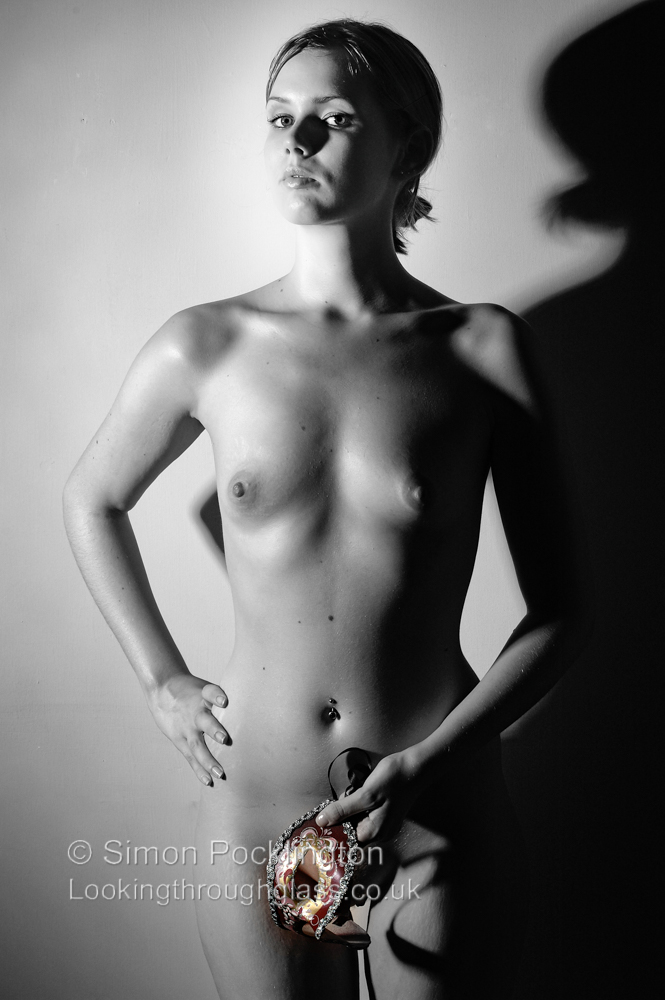The nude female form elicits a number of, sometimes conflicting, potential responses from the viewer of an artwork. It can be seen as the depiction of a human being as a sex object, an anonymous manifestation of beauty or the nudity can be used to foreground aspects or themes within the picture. The most common criticism levelled at photography is that it simply imitates another art form.
The painted figure is regarded in modern Western culture as further removed from reality and therefore requiring more creative input from the artist to produce than a photograph. Conversely viewing nudes as paintings in an art gallery is often perceived as a more intellectual activity than viewing nude photographs.
Photographs hung in the same gallery may almost be elevated to the same status as the paintings. When reproduced in books, magazines or on websites even the most literal representations of the female nude in paintings retain their status as art whilst photographs, to many viewers, are seen as demeaning of the subject.

There is something intrinsically surreal about masked nudes. Everything is displayed but we are deprived of the one thing that enables us to identify an individual human.
Early photographers used classical paintings and sculptures as guides as to how to create artistic interpretations of the nude. The results often looked cold and statuesque, over erotic or sentimental; criticisms that were sometimes applied to the original artworks when they were first created. Paintings that were thought shocking when they were produced in the eighteenth and nineteenth century are now regarded as ground breaking’ even if the motivation behind their creation was sometimes less than artistic. Goya’s La maja desnuda, which was probably created for the Spanish Prince of Peace to hang in his private collection of nudes, now hangs in The Prado.

The use of photography as a stand alone medium with its own unique constructs has made photographs more real and successful, This has in turn stimulated its acceptance by viewers as an art form.
The acceptance of the erotic.
There are few photographs of the nude which would induce an asexual response in all viewers. The level of sexual response of individual viewers will depend on their cultural background and the social context in which the picture is viewed. For a nude photograph to sustain interest it must have other qualities. As photographers we must be aware how much we want the sexual content to dominate the image.
Presented with a series of images many viewers, both male and female, will look at the ones depicting nudes first or longest. If these contain a subtext or message the nude is effectively foregrounding, drawing our attention, to this. In a world dominated by images the nude, or the erotic, still captures out attention quicker than a beautiful landscape. This is something advertisers are still exploiting; although outright nudity is usually banned the attractions of everything from perfumes to clothes and cheese are foregrounded by subtle and sometimes not so subtle erotism.
When is a nude in photography an attempt to produce a meaningful picture and when is it merely a body displayed for erotic titillation?
The eyes have it

The degree to which a nude photograph is erotic or sexual depends on not only the viewer, but the subjects pose and context within the image. A model looking directly at the camera immediately connects with the viewer of the image and their relationship becomes more personal and intimate. Manet’s Olympia shocked audiences not because of the nudity but because the models direct gaze confronted the viewer. Within the painting contextual elements such as the orchid in her hair defined her as a demi-monde or prostitute. That such a person should challenge the artistic elite caused outrage. Point of view in all art is important

As in nineteenth century Paris nudity alone is not enough to shock or stimulate discussion in much of the modern world. Erotism pours from our TV screens and nudity is available on our phones. To be seen, to be heard above the digital noise photographers need to produce something creatively different.

Latest Updates, Free Stuff & Discounts
Subscribe to my Newsletter and receive a free copy of Using Window Light to Photograph Nudes plus exclusive updates, free critiques and a discount on prints and books.
Creative Nude Photography shows you how to go beyond the norms of conventional glamour. The book contains sections on the concept, but is it art plus practical advice on finding models and camera techniques. The final section shows examples of creative nude projects
Want a hard copy to read? Printed edition available here












One thought on “The Nude in Photography”